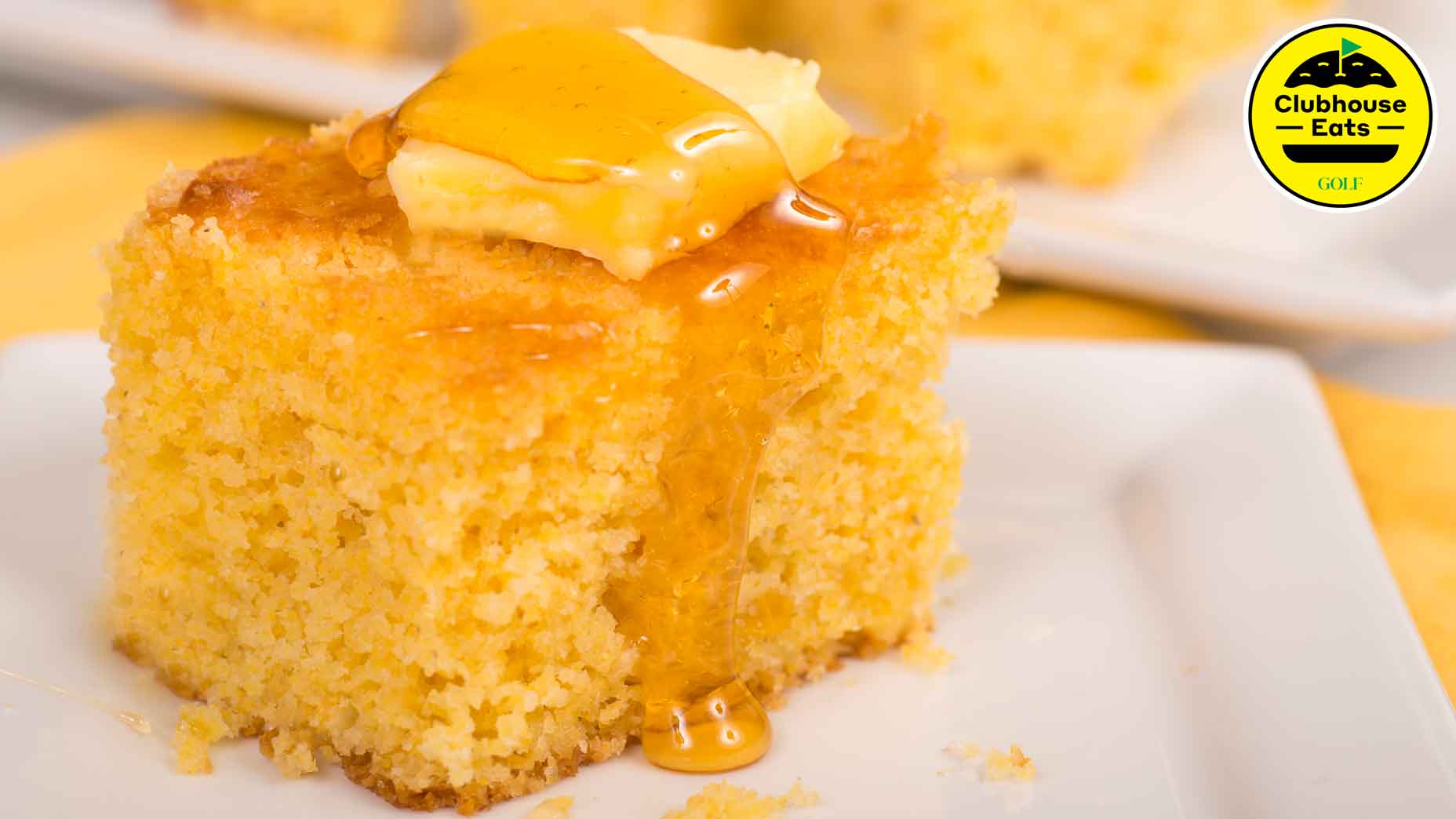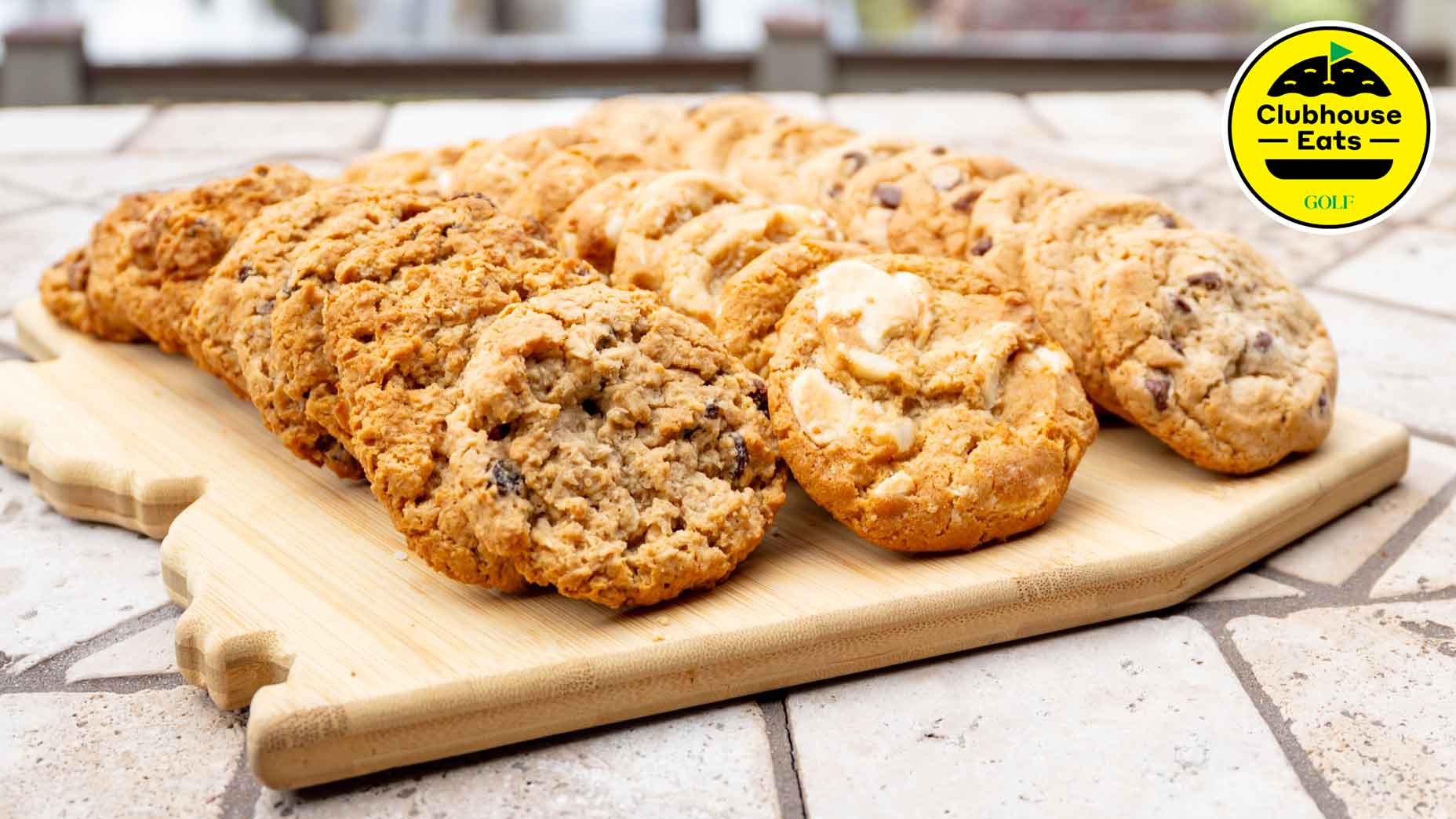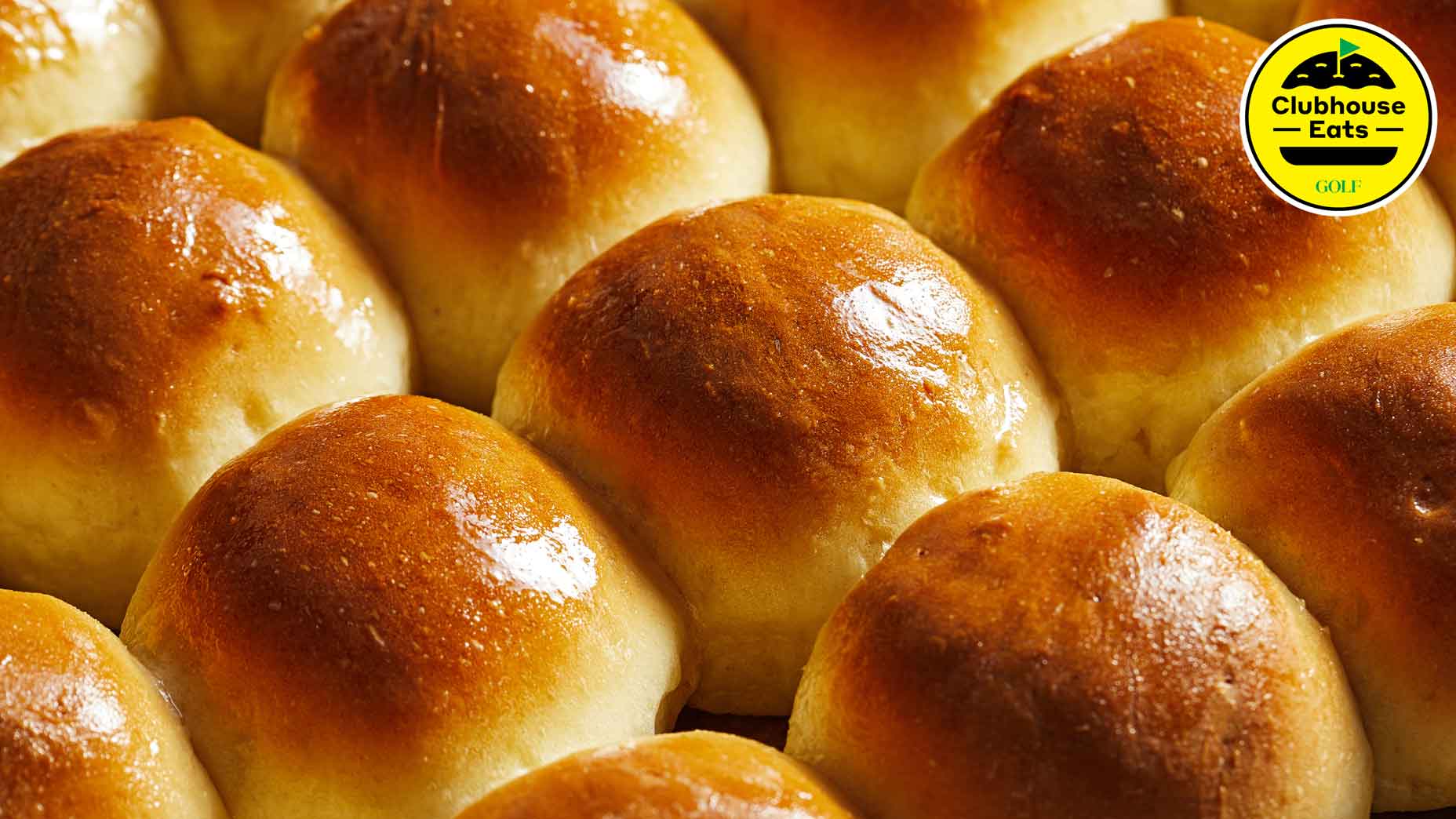Welcome to Clubhouse Eats, where we celebrate the game’s most delectable food and drink. Hope you brought your appetites.
***
“Everybody loves bacon,” says chef Dennis Vanterpool, and it’s hard to argue with him.
Everybody especially loves bacon at The Ritz-Carlton Reynolds, Lake Oconee’s Linger Longer Steakhouse, where Vanterpool serves as the executive chef. More specifically, everyone loves the restaurant’s “Bacon on a Wire” appetizer — strips of thick-cut, house-made bacon (smoked pork belly), that are coated in a rich bourbon-sorghum glaze and brought to guests’ tables hanging from a wire display, where they’re torched tableside to finalize their caramelization.
“We’ve elevated something that was rustic,” Vanterpool says, “and it’s become our signature dish.”
To help you make your at-home bacon a signature dish, we sought Vanterpool’s advice. Here, he offers guidance on five of the most popular — and most effective — cooking methods.
Traditional skillet
If you’re a purist and prefer to cook your bacon on the stovetop, it’s essential that you use a nonstick pan. As Vanterpool explains, a nonstick skillet doesn’t require the use of oil or butter, so it will easily allow you to drain excess grease if you’re cooking bacon in several batches, and — as its name suggests — it prevents the bacon from sticking to the cooking surface.
“It’s easier to control and handle when you need to flip the bacon,” he says, “and it allows you to cook it more evenly.”
With this method, there’s no need to let your bacon come to room temperature before you begin cooking; however, the meat’s thickness will impact how hot you set your stovetop burner.
“If it’s thick cut, you need to use a lower heat to start to allow the fat to slowly render out,” Vanterpool says. “Then adjust the heat to medium-high. Just know that it’s going to take longer to crisp up.”
Baked
The advantage to baking bacon in the oven is all about scale. You can prepare a lot of bacon at one time with this approach, but it can produce uneven results if you’re not careful. You’ll want to begin by letting your bacon warm up to room temperature, and don’t forget to pre-heat your oven (Vanterpool recommends 375 degrees). Next, spread your bacon out on a baking sheet lined with parchment paper or, better yet, on a wire rack, which Vanterpool says allows the bacon to cook evenly.
Just make sure your bacon isn’t overlapping on the rack or sheet. Every oven is different, but if you follow this advice, you’ll likely get perfectly crisp bacon in 12 to 15 minutes. (You’ll need to adjust the cooking time based on the thickness of the bacon that you’re using.)
Deep fried
If you’ve never deep fried bacon, you’re missing out — especially if you like it exceptionally crisp.
“I’ve never burned bacon in the fryer; it’s almost impossible,” says Vanterpool.
That said, deep frying bacon has its limitations. More specifically, it’s a great way to reconstitute the meat.
“It becomes so dry and crispy, you could crumble it into a powder with your hand,” Vanterpool says. “I’ve made almost a bacon salt that way to finish dishes.”
Air fryer
Given that an air fryer is really just a convection oven, it should come as no surprise that cooking bacon in it is like using a hybrid of a traditional oven and a deep fryer. And like a deep fryer, an air fryer provides a foolproof medium for crispness.
The secret to making the uber-popular ‘Crushburger’, according to a golf-club chefBy: Josh Sens
“I’ve never burned bacon in the air fryer,” says Vanterpool. “It just continues to crisp up before it burns.”
As for how to do it, he recommends setting the temperature at 350 degrees and starting with 15 minutes of cooking time. “That should be perfect for most,” he says. “But some people like their bacon extra crispy.”
Candied
Making candied bacon is a three-step process, according to Vanterpool. Start by baking it on a wire rack. Once the bacon is crisp, you’ll want to coat it with a glaze, then bake it again to caramelize the sugar. At this point, pull the bacon from the oven and let it rest three to five minutes, then glaze it a second time and let it cool.
To make a good glaze, Vanterpool recommends one cup of sugar, one cup of vinegar, half a cup of bourbon, and half a cup of soy sauce. Mix all ingredients together in a medium sauce pan, heat until the sugar dissolves, then reduce it until the mixture has a nice gloss and a syrupy consistency.
“If it’s not reduced enough, your glaze will run off anything you try to put it on,” he says. “It needs to coat a spoon when you test it out. That way you’ll know it’ll have enough body to coat the bacon.”
Shaun Tolson is a freelance writer based in Rhode Island. When it comes to golf, he covers everything from architecture, course reviews, and travel, to equipment, gadgets and gear, and feature profiles. As a lifestyle writer, his expertise is rooted in the finer things in life — wine and spirits, luxury automobiles, private aviation, hotels & resorts, fine dining, and more.











